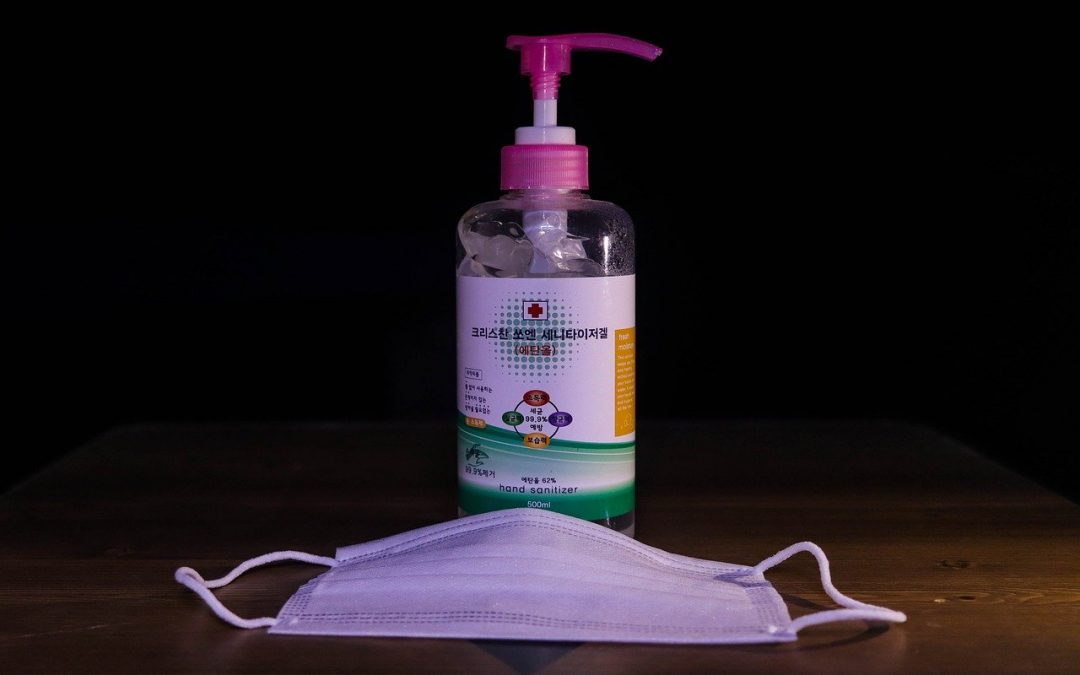Based on Dr. Erin Bromage’s blog and facebook live with Dr. Vira & Darshi Shah
Many people are getting back into a pseudo-normal routine, which involves getting out a bit more, seeing friends, and socializing. It was evident in the crowds over Memorial Day weekend at beaches, local sports matches, and celebrations.
As we continue in the direction of pseudo-normal, it is socially responsible to better understand where most of the prior infections had come from, and not give the virus more fuel. Here are where the most infections came from:
- In your home – a member of the house got it and brought it home
- Not so much from grocery stores, bike riding, running
To understand why/how people get sick, remember the formula:
Successful Infection = Exposure to Virus x Time
So it’s more about how much exposure (virus particles) have you gotten, and how much time have you been exposed to them.
It seems that we need at few as 1000 SARS-CoV2 particles on ourselves to be at risk of virus contraction. So as we put ourselves into different environments, we just need to know which activities give us these particles and how much to best assess our risk.
- Breaths release 50-5000 droplets into the air. Most fall to the ground quickly. This is equivalent to 33 viral particles / minute from an infected person. So in 30 minutes of being in the same room as someone infected and breathing air, you could have 1000 virus particles.
- Speaking releases 10x more than breathing. This is equivalent to 330 viral particles/minute from an infected person. So in 3 minutes of speaking to someone infected, you could have 1000 virus particles. And then, anyone you speak with face to face for more than 3 minutes is also at risk. Remember you shed the virus for up to 5 days before showing symptoms.
- Coughs release about 3000 droplets into the air at 50mph.
- Face to face with in infected person: This is equivalent to up to 200,000,000 virus particles in the air, and is sufficient to infect a whole room of people.
- Sneezes release about 30,000 droplets into the air at up to 200mph.
- Face to face with in infected person: This is equivalent to up to 200,000,000 virus particles in the air, and is sufficient to infect a whole room of people.
- Recent thought is not putting much emphasis on groceries being “cleaned” before storing; but in the logical thought of calculating particles from fomite transfer, we’ll still consider the amount of virus one is being exposed to through touch. So caution high fomite risk areas like public restrooms & toilets.
Now it is easier to understand how most of the previous outbreaks worked. In the US there were major outbreaks in meat packing plants, nursing homes, prisons, call centers, and work offices. What are the commonalities? Densely populated indoor areas that require communication, often times in areas where people have to project their communication over other noises (machinery, other phone calls, hard of hearing, etc.)
Point forward, as we meet others and dine out, we need to keep in mind the ways that we put ourselves at risk for virus particles.
- Restaurants: keep in mind where you are sitting relative to others AND the direction of the vents circulating the air. And of course how long you stay there.
- Offices: watch how you project your communication to others, and how you receive it.
- Choir: Singing is a projection of communication and it aerosolizes the respiratory droplets, and it also brings in your air deep into your lungs. Choir practice in a confined room with multiple people is not a great idea during this pandemic.
- Birthday Parties/Funerals: congregating with masses of people who are speaking to one another, and the chance of anyone sneezing or coughing is a huge risk overall.
What to Avoid?
- indoor spaces (total volume of air space)
- limited air exchange or recycled air
- lots of people
- prolonged time
- temperature



